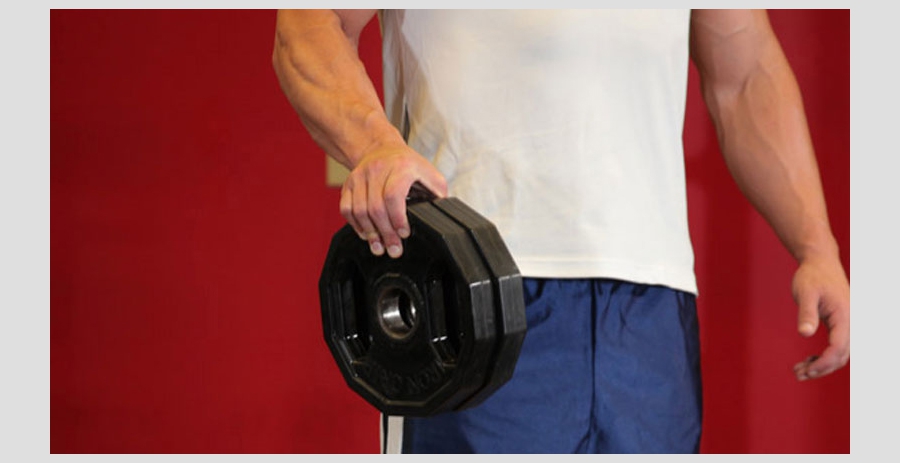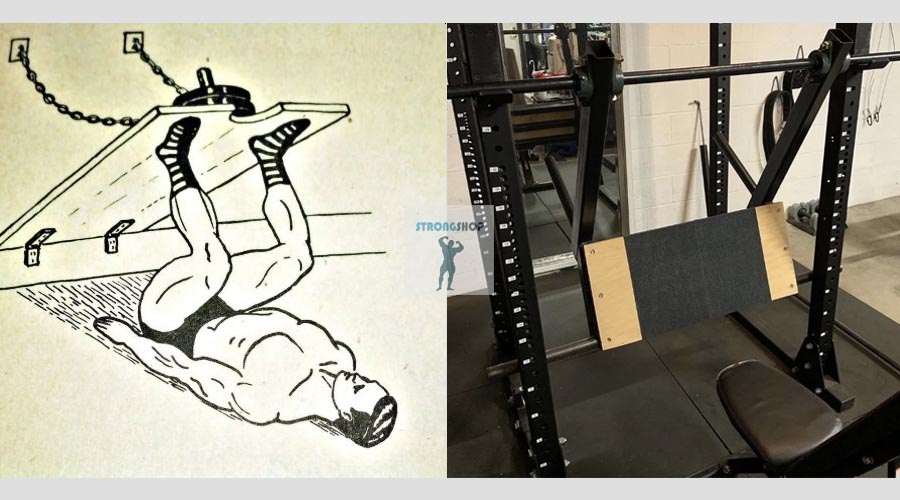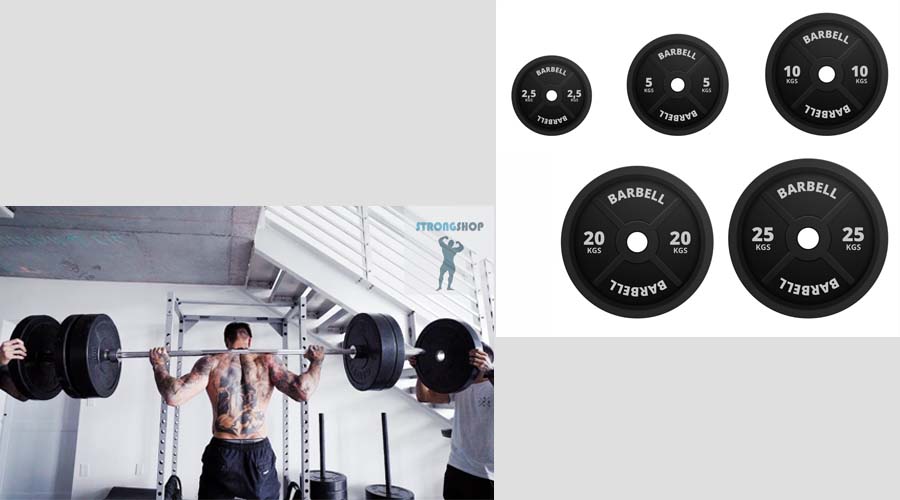Grip strength itself is a multifaceted concept; we can definitely say that its development is very important for an athlete involved in any strength sport..
There are different types of grip that need to be developed, especially if the result in the main exercise depends on the grip.
If you decide to do armlifting, then the development of various types of grip is of paramount importance. Grip strength consists of several components, each of which is important in its own way.
Types of grip and exercises to develop grip strength:
1. Supportive grip.
The support grip is used in all exercises where the weight needs to be “supported”: all types of deadlifts, snatches, pushes, presses. It is needed when you need to hold, for example, a barbell in a static state for a certain time. An effective method for developing a supportive grip is to use thick bars or pads. A thick bar will make any exercise more challenging, especially for the muscles of the arms and hands.
Another popular exercise for maintaining grip strength is the “farmer’s walk.” For the "farmer's walk" you will need two dumbbells or kettlebells with a fairly heavy weight. Taking each in your hand, walk a few tens of meters. To make it more difficult, you can put extenders on the dumbbells.
The Rolling Thunder handle, the lifting of which is a competitive armlifting discipline, also perfectly strengthens the supporting grip and the hand in general.
2. Pinch grip.
The pinch grip uses only your fingers. Pinch force is used when you need to hold an object located between the thumb and other fingers of the hand. Primarily, this ability depends on the strength of the thumb.
The most effective exercise for developing a pinch grip is holding smooth plates (discs) from a barbell, with gradually a weight of 5 kg or more, also two discs at the same time, you need to hold it for a certain time, then rest and do a couple more approaches. There is also the option of throwing the disc from the bar from hand to hand.
3. Compression grip.
A demonstration of compressive force is, for example, an iron handshake - this is the force of compression of an object. Training of compressive grip strength is achieved through the use of devices such as a manual expander (rubber ring) and grippers, the resistance of which can be selected based on the individual capabilities of the athlete. Conveniently, these devices are compact, so you can develop your grip strength outside the gym by simply taking them with you wherever you go.
A simulator called a “grip machine” also allows you to effectively develop a compression grip. And, to be more precise and cover the whole aspect: just squeeze the expander - a dynamic compression grip, and for example, the Silver Bullet armlifting exercises, where you need to hold the weight between the handles of the expander - a static compression grip. Of course it’s very cool to develop a compression grip with the help of the captain of crush expander.
It is worth noting that the compressive and supporting forces are related.
4. Isometric.
To isometry we include, for example, bending nails, bolts, horseshoes, twisting knots from reinforcement, etc. In general, the destruction of objects, as it is fashionable to say now.
In addition to exercises directly for developing grip strength, there are also exercises for pumping the forearm, which will help strengthen your grip. The main exercise aimed at developing hand strength is wrist flexion; it can be performed with either a regular bar or a thick bar to make it more difficult. The roller also develops excellent general strength of the forearms and grip; this is a handle with a cable on which a weight is suspended, then the cable is wound onto the handle.
For one such approach of winding, it is optimal to do a small number of repetitions, since one repetition is quite long.
Construction of the training:
1. Grip strength training should take place once a week, or even every 10 days. Otherwise, small muscles, and, more importantly, ligaments and tendons, will not have time to recover.
2. Grip training should be hard. If you want to bench press a lot, you're not doing 1000 reps with an empty bar, are you? Then why should it suddenly work with the grip? Your workout should be hard and should be built exactly on the principle of classical strength training.
3. Constantly increase the load so that your grip strength continues to develop, make small but regular increases in working weights. Try one of the power cycles with percentages. Sometimes check your maximum, for example in Rolling Thunder, with proper training it should increase.
Now you know that grip training requires a serious approach. Use these principles and you will have diversified development of your hands and forearms.






